Can you tell us a bit about yourself and how you got into cinematography?
I graduated from NYU Undergrad in 1991, saved some money, and bought an ARRI SR, which I tricked out with Ian McCausland at AbelCine. I then AC'd and shot on music videos and commercials in the NYC area for a number of years. My first big breaks were the first few seasons of the Upright Citizen's Brigade TV show with Phil Morrison, which segued into lots of commercials and getting an agent. Then I got The Notorious Bettie Page with Mary Harron. In the meantime, I shot American Astronaut with Corey Macabee and was nominated for my first Spirit Award.
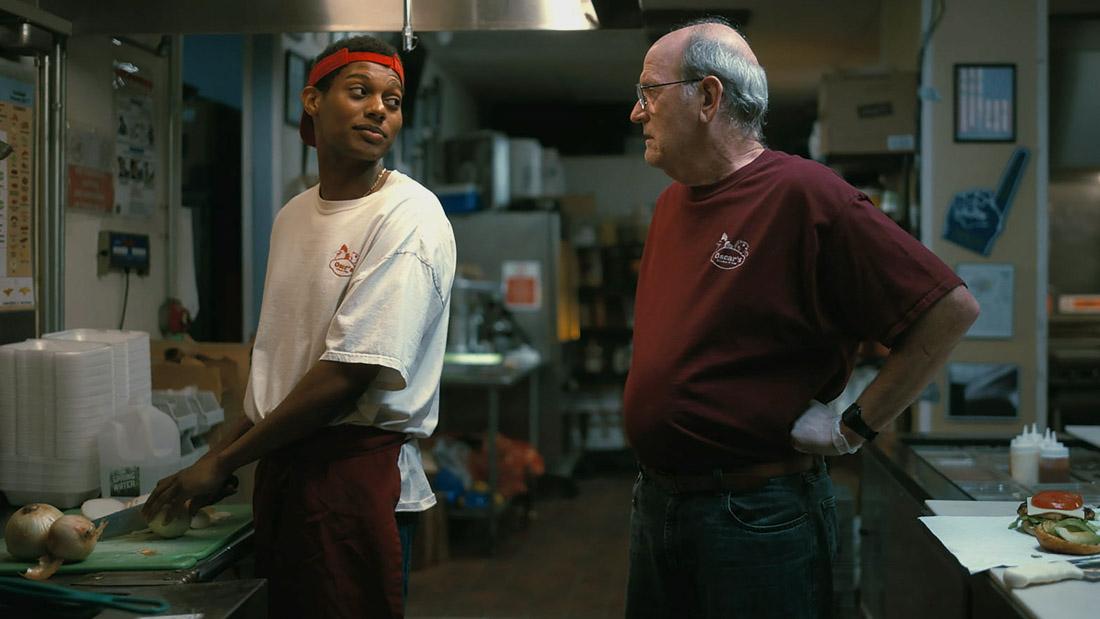
How did you get involved with this project?
I am friends with Sam Bisbee, one of the producers, and had heard about it through him. My new agent at Artistry, Julia Kole, thought it might be a good fit. I loved the script and casting so I actively pursued it. Luckily, I was able to join the team.
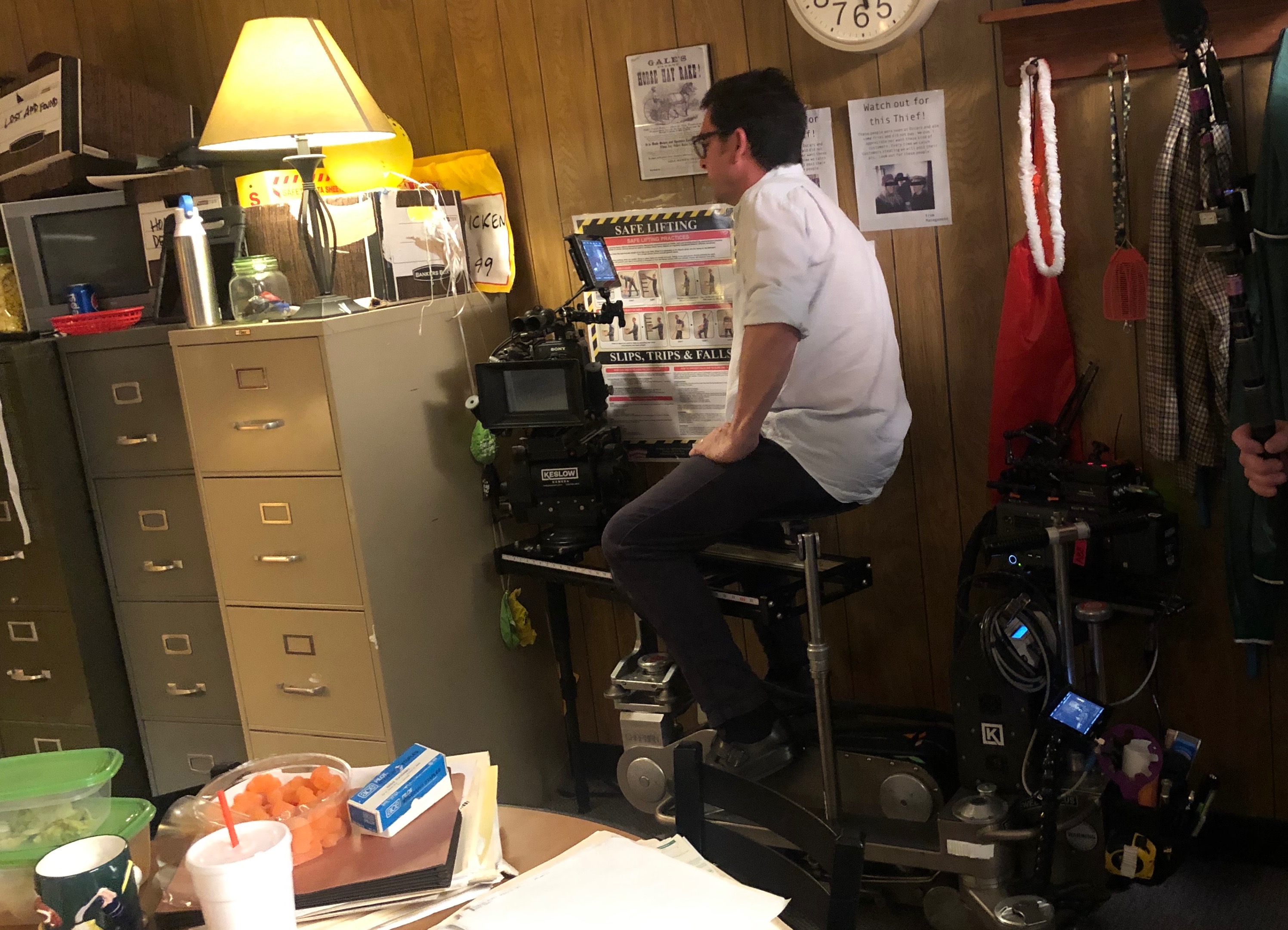
Why did you choose the Rialto?
I came by the Rialto in my research on the Sony VENICE. I had been hearing great things about the VENICE. I was specifically looking to shoot with as large a sensor as I could to take advantage of the shallow depth of field. I felt that fall off would help romanticize the fast food restaurant that 60% of this film is set in. The VENICE is able to capture the large format images using much less data than some other cameras. The size and ease of use of the Rialto was just something that kept coming up in my discussion with DPs I was asking about cameras. I was excited to see it, but assumed it was out of my limited budget range. The DPs I spoke most to were Paul Cameron, Roberto Schaefer, Ellen Kuras, and Jon Joffin. They all raved about the VENICE and the Rialto.
Can you give us some insight into how you rigged/accessorized the Rialto during shooting?
I kept the sensor/Rialto separate from the body, attached via the 9 ft cable at all times. Sometimes they were on a single baseplate so that I could use the eyepiece, but often the Rialto was on the head and the body was on a separate baseplate on its own platform on the back of the dolly. It is imperative that the body be very close so that we can access many of the user buttons, especially the NDs and False Color. At our pace, I was depending on each of these multiple times during a set up. I also did about 20% of the film handheld with the body either on a stand near me or on a backpack carried by my dolly grip. I was able to hold the Rialto in my hands in front me, like a human Steadicam arm, for the whole day with no issue.
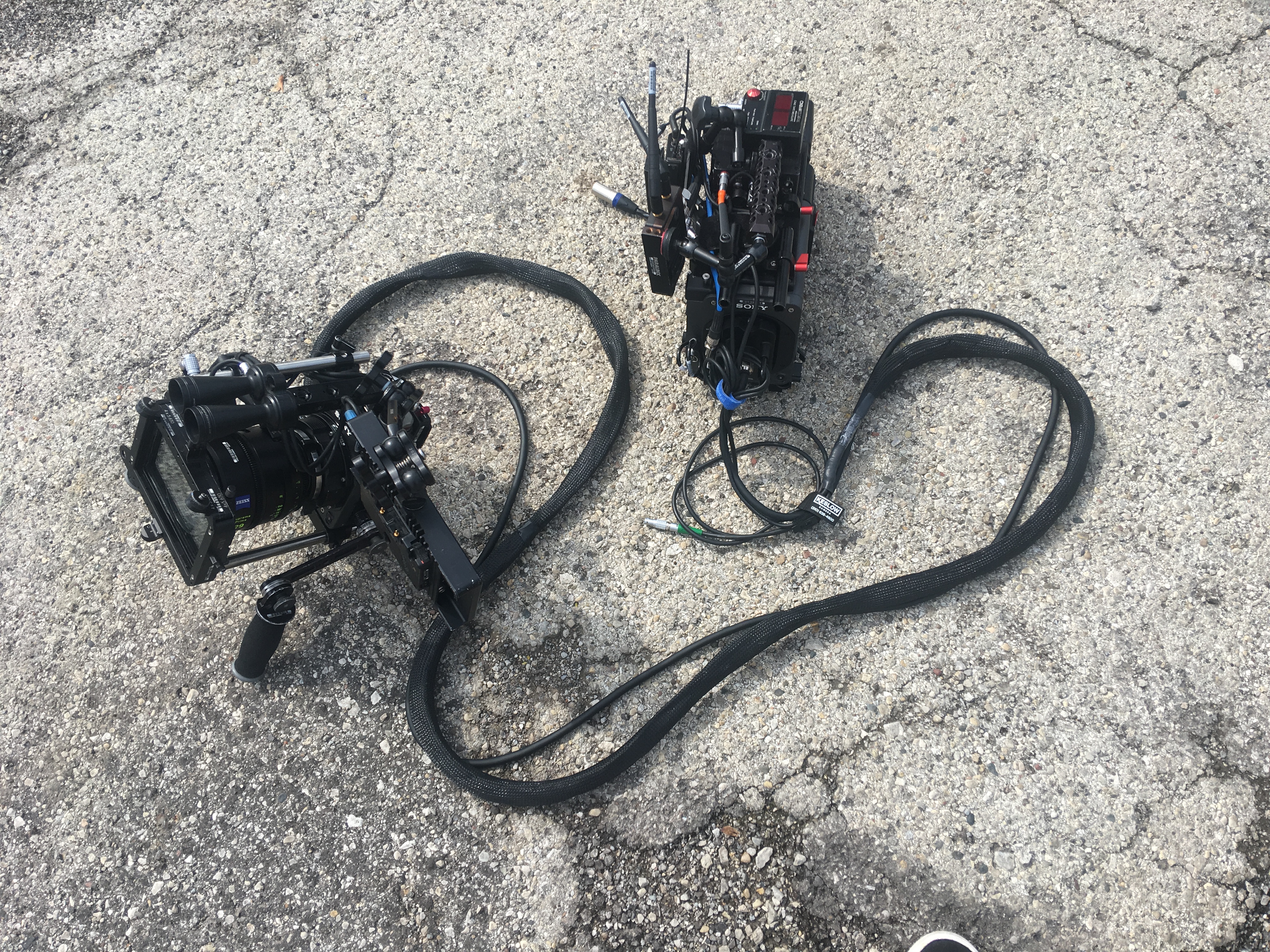
What was your camera test process like?
I didn't have a lot of time or resources to really test the VENICE or Rialto. I spent a few hours at Kelsow shooting some exposure tests at 500 ASA and at 2500 ASA [also known as ISO]. In this way, I got to understand Sony's False Color too. Later that day, I took the body and one lens back to the hotel and went out late and shot streets at night at 2500-5000 ASA to see how it held up in post. The Mill in Chicago was nice enough to let me take a look at those tests one evening on a big screen. The 2500 base is incredible and very beautiful. I think it represents a whole new creative avenue to explore. We used the 2500 base exclusively in our night exteriors.
This process opens many doors and creates many new challenges to deal with. For instance, many normal city street lights are way too bright and need to be turned off or ND'd in order for them not to overpower the shot. The lights I did allow to be turned on in my shots were often so dim that my Sekonic meter could not read them. The only LUT I had access to was one Paul Cameron shared with me. It was very useful because it crushed the natural look a little, basically forcing me to over expose a little in order to make the LUT look good.
What type of shooting locations did you have and what kind of lighting setups were involved?
We shot most of the film in a fast food restaurant. I was able to remove all of the existing fluorescent fixtures and replace them with dimmable LED fixtures. This allowed us to move very quickly and rarely have to add lights on stands. As I said, these units were rated at 500 ASA when we were inside and then dimmed for 2500 ASA when we were outside. We shot many scenes at dusk playing for dawn and the 2500 allowed us to shoot well after the sun set and make the most of the colorful skies that the sun left behind after setting.
In one scene, the final wide shot was shot at 5000 ASA. I am very curious to see how that cuts in with the opening shot of the scene we were doing 45 minutes prior to that. Most of my interiors, aside from the restaurant, were shot with little more than the daylight coming through the windows. I let the windows blow and embraced the soft moody daylight that would filter in through shades or curtains. I love the look of this and the actors love the ability to use the whole space. The VENICE seemed to really hold the shadow areas, even with darker skinned actors in unlit daylight rooms with only window light. I was kind of amazed by this and very relieved to be able to get that look with so little effort.
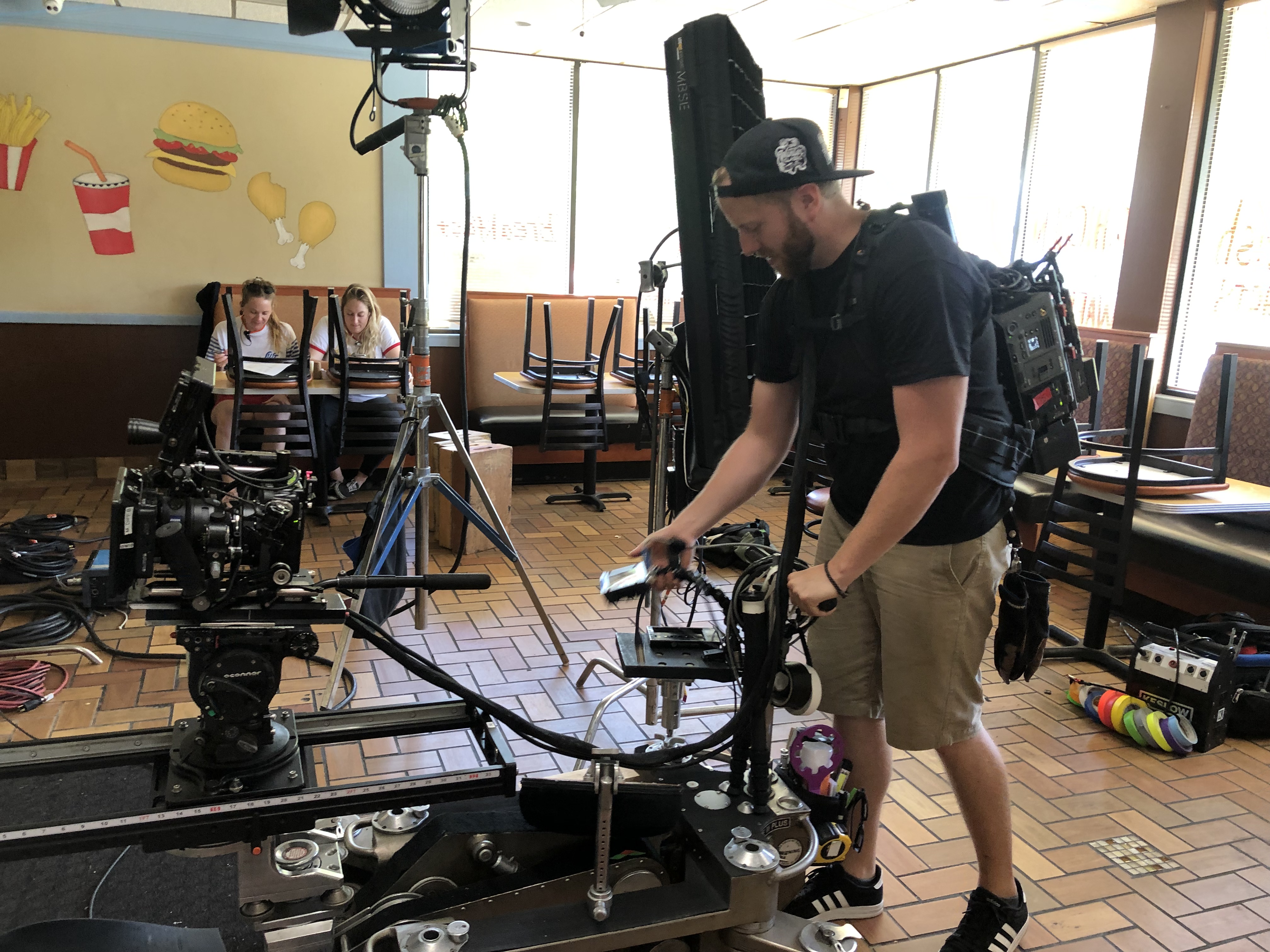
What was your shooting schedule like?
We had 20 days to do 116 pages, half of which was in the restaurant. I think we went over less than 5 days. We were very efficient and pragmatic.
How did the Rialto help with any challenges in shooting?
I lit to a slightly dark and contrasty LUT. I checked these exposures against my understanding of Sony's False Color and then made my own stills from TIFFs of the "raw" files each night in my room. The latitude and the 2500 ASA base were the two real game changers for me. The size of the Rialto made getting into tight spots and also experimenting with camera locations so much easier than trying to jam a full camera body into a tight space.
For instance, we had a scene in which Stanley (Richard Jenkins), the main character, is buying a car. Our schedule dictated that we get the whole scene in less than an hour before wrap. We planned a single wide shot with maybe a tighter two for the whole scene. We got the wide and had about 15 minutes left. I was able to hop in the driver's seat of the car, hold the Rialto on my lap with a sound blanket, and get the second tight two shot through the driver side window in that 15 minutes.
Historically, getting a movie camera inside a car can take 30 minutes before you can even roll. Just the ability to hop in there and show everyone, on our production monitor, was a godsend. It was such a funny image that it became the hero shot. That kind of flexibility was a constant surprise with this tiny little camera body. We had another day on a process trailer and again the tiny form factor probably saved us 3 hours of rigging time. My crew was constantly amazed at how easy it was to get the lens where we needed to quickly. The easy light handheld scenes were also really great and new to me in the way I could hold and move the camera.
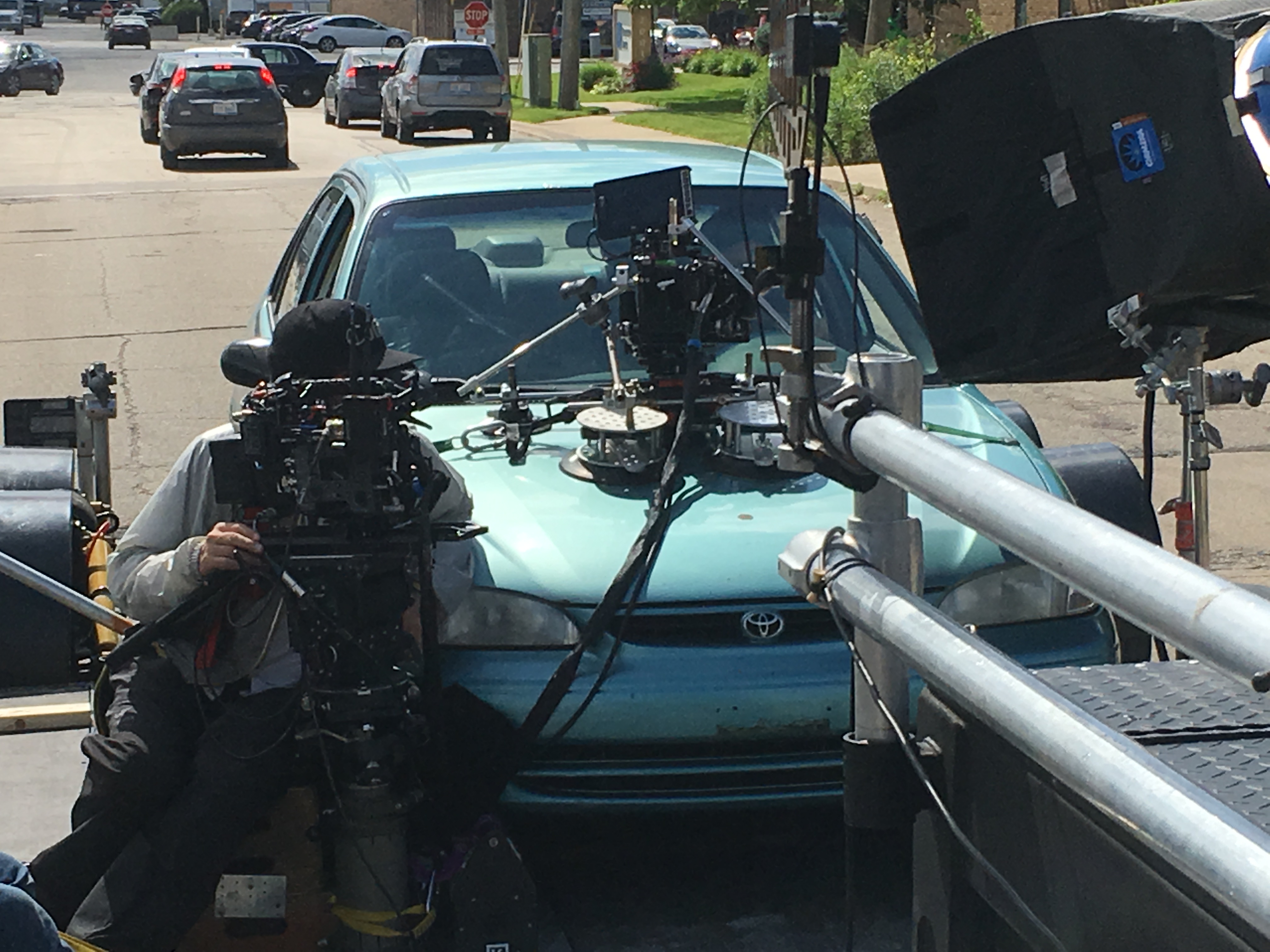
What was your day-to-day workflow like?
We captured about 2 hours of X-OCN-ST files and ProRes Proxy files each day. The simultaneous capture saved my data guy tons of time and afforded us his help as an extra AC. The smaller proxy files were also easily sent to LA over WiFi, saving a lot of money on the shipping of drives. It allowed the editors to see the footage sooner, so if they had any comments or issues we could address them quickly.
Was there anything you were able to do creatively with the Rialto that you wouldn't have been able to without it?
In addition to the quick set up for the car scene and handheld benefits, the 2500 ASA base was the real creative giant leap forward. The night exteriors we got are unlike anything I have shot before, and unlike anything I have seen so far on the screen.
What lenses did you use?
I used the ZEISS Supreme Primes for their T1.5 base stop, in order to get maximum shallow depth of field when appropriate to help make a naturally unattractive fast food restaurant not look as bad. The shallow depth of field allowed me to guide the viewer's eye to my actors and not to the crowded restaurant.
What advice would you give to someone looking to make their first film or become a cinematographer?
I always tell the kids to not waste time assisting, that route has become too long and indirect. If you want to shoot, you should be shooting on anything with anything as much as you possibly can.
















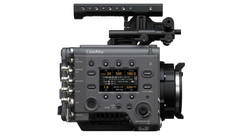
AbelCine encourages comments on our blog posts, as long as they are relevant and respectful in tone. To further professional dialog, we strongly encourage the use of real names. We reserve the right to remove any comments that violate our comment policy.
AbelCine publishes this blog as a free educational resource, and anyone may read the discussions posted here. However, if you want to join the conversation, please log in or register on our site.
We use Disqus to manage comments on this blog. If you already have a Disqus account registered under the same email as your AbelCine account, you will automatically be logged in when you sign in to our site. If not, please create a free account with Disqus using the same email as your AbelCine account.